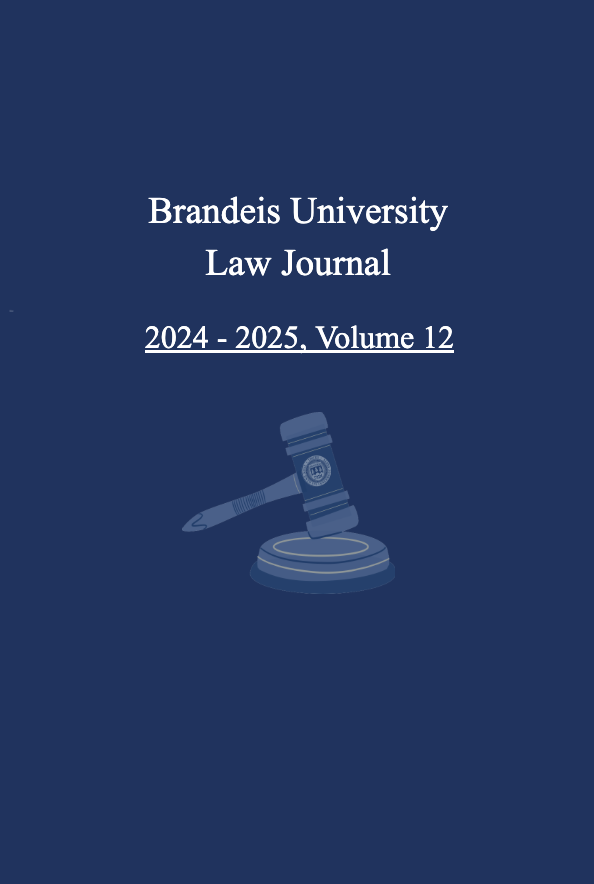Ambiguities Embedded in the Systems of Interstate Compacts
Main Article Content
Abstract
The United States is noteworthy in that the federal government is the product of a union of autonomous states bound together
by the Constitution. The Framers sought to concurrently insert the sovereignty of the states and the strength of the federal government into this binding document through a series of compromise measures. One of these compromise measures was the Compact Clause which outlines the parameters for the enactment of an interstate compact. Presently, interstate compacts are legally both federal statutes enacted by Congress and contracts entered into by the party states. Existing case law and literature surrounding interstate compacts largely presupposes this duality. This article explores the circumstances that led to each of these characterizations and some problems posed by their continued usage, both individually and jointly.
Article Details

This work is licensed under a Creative Commons Attribution 4.0 International License.
